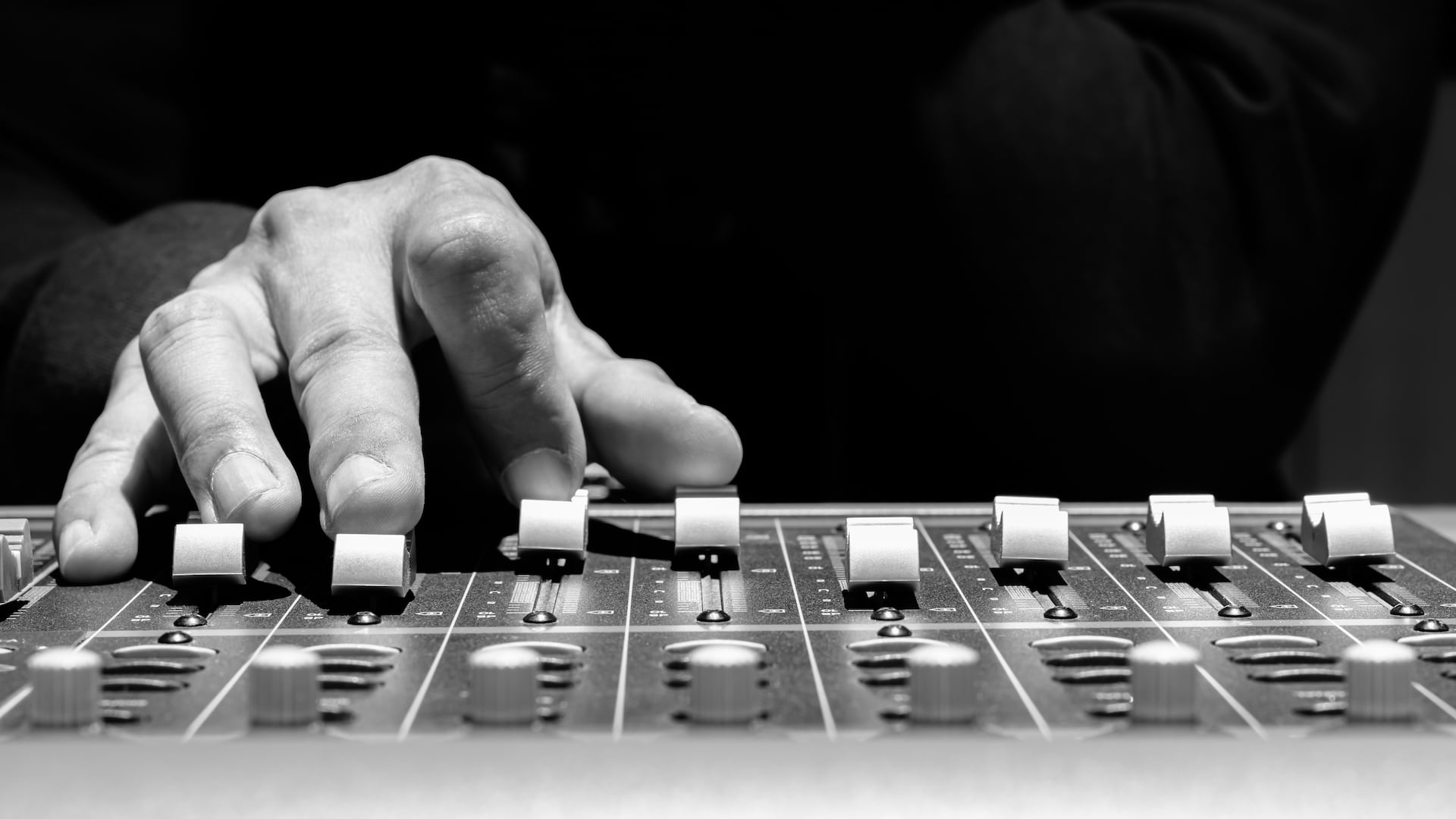
Let’s face it, we love analog stuff, and a lot of that love is not strictly rational – but then, as Roland Denning writes, love never is.
How we interact with equipment is not a frivolous issue. Feel is all important; it is very hard for a servo mechanism to duplicate the feel of a mechanical lens ring or well-engineered mechanical follow focus. A keyboard comes with every computer, but it is seldom a great interface when we are creating images and music. We often like to dress digital interfaces in analog clothing.
Take audio equipment - we have given up on buttons to adjust volume in increments. Hi-fi amplifiers today have a nice rotary volume control. The remote generally drives a motor that can turn the control – there are much simpler ways of doing it that don’t involve motors and physical movement, but there is something reassuring about that big chunky volume knob.
Early on in the development of non-linear editing systems Lightworks put a Steenbeck-style controller at the heart of its editing suite (some suggest originally it was an actual Steenbeck part). The controller shuttled the film forwards and backwards, the further you pushed it, the faster the speed. This was more than a nostalgic appeal to appeal to former film editors, it just worked better. Analog-style interfaces are now a standard part of editing systems - although you could grade a film by tapping the keys on a keyboard, every grading system I know of today uses trackballs.
The ‘thingyness’ of analog
We love the thingyness of analog. Very few of us shoot on film these days, but most of us have a fondness for the physicality of cameras. We like matte boxes, we love filters and chunky vintage lenses that give us a certain look. Filters are expensive and can easily break or scratch, but there is a certain pleasure about slipping one into a matte box that applying a digital filter in post just can’t compete. It’s an effect you can literally hold in your hand.
Could we emulate most filters and lenses digitally in post with the huge advantage of being able to modify that look? Yes, in principle we could (look at the audio world) but the incentive is not quite there. Currently it seems more viable to develop a new coating on a piece of glass than the much larger investment needed to develop the digital equivalent. I don’t think Cooke, Tiffen and Zeiss are motivated to go down that route and undermine their own high value products. It would be extremely difficult for someone to set up a factory to duplicate a Cooke lens, but not so hard to emulate if the ‘Cooke look’ became virtual.
You don’t buy a Rolex to tell the time
Cameras today are boxes full of computer components. It is difficult to fall in love with them, but the appeal of a beautifully made lens is very much like that of a handmade watch. We no longer need mechanical movements to tell the time, but that does not thwart the fascination with the Swiss-made watch. The appeal of movie equipment is very similar (it is no coincidence that the ‘Maltese cross’ mechanism at the heart of a film projector is also called a ‘Geneva movement’); we love engineering we can see and understand, where the logic of its operation is visual. This is not trivial; we need to love the tools we work with.
The appeal of machines is a large part of the current fascination with vinyl. I hope most can agree that as almost everything is recorded digitally these days, vinyl can’t match the accuracy of reproduction; it can just make it sound more like vinyl. But that misses the point - it’s the physicality of vinyl that is the appeal. The mechanics and ritual of putting a record on a turntable are all part of the appeal and then there’s the sumptuous physicality of album covers (plus, as someone once said, you can’t roll a joint on a download).
Restrictions make us creative
I don’t want to repeat the all too familiar film versus digital arguments but it’s fair to say that there is very little film can do that digital can’t at lower cost and greater convenience. But film still ends up, well, looking like film.
As in many analog examples, it is the restrictions rather than the choice that is the appeal. If you chose to hire a certain set of vintage lenses or shoot on high-speed, grainy 16mm film, you are establishing a look that you have to work with and there is no going back. People often talk about how they love the discipline needed to work on film, how it focuses attention on the precious moments when the film is running through the camera. Of course, in principle, we could apply that discipline to working digitally. Except we don’t.
Artists need restrictions. The myriad options that digital offers are daunting; you need to start from somewhere. Perhaps this is why there is an obsession in digital imaging to emulate film, even though that ‘film look’ may bare little relationship to what film actually looks like in the real world. It is not that productive to have a system that can look or sound like anything; the most creative moments come when you are confronting the limitations of a system. As an advertising creative once said to me “Oh give me the freedom of a tight brief.”
For better or worse, humans are irrational analog systems and creativity never springs from logic.
Tags: Post & VFX


Comments